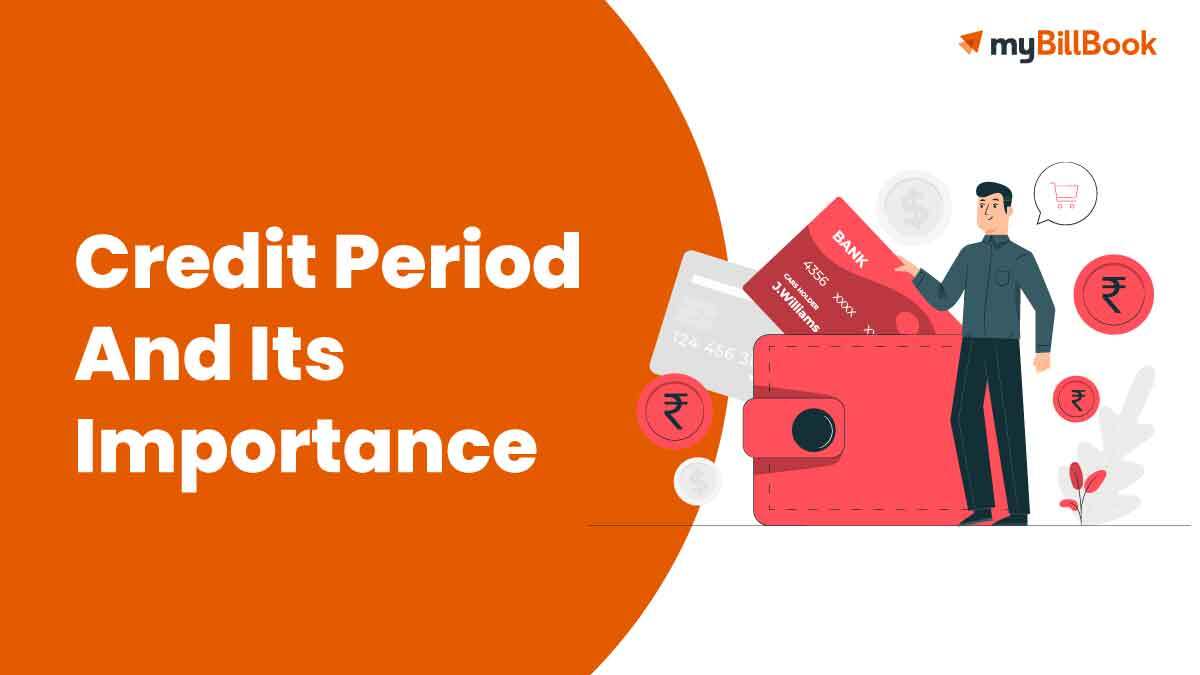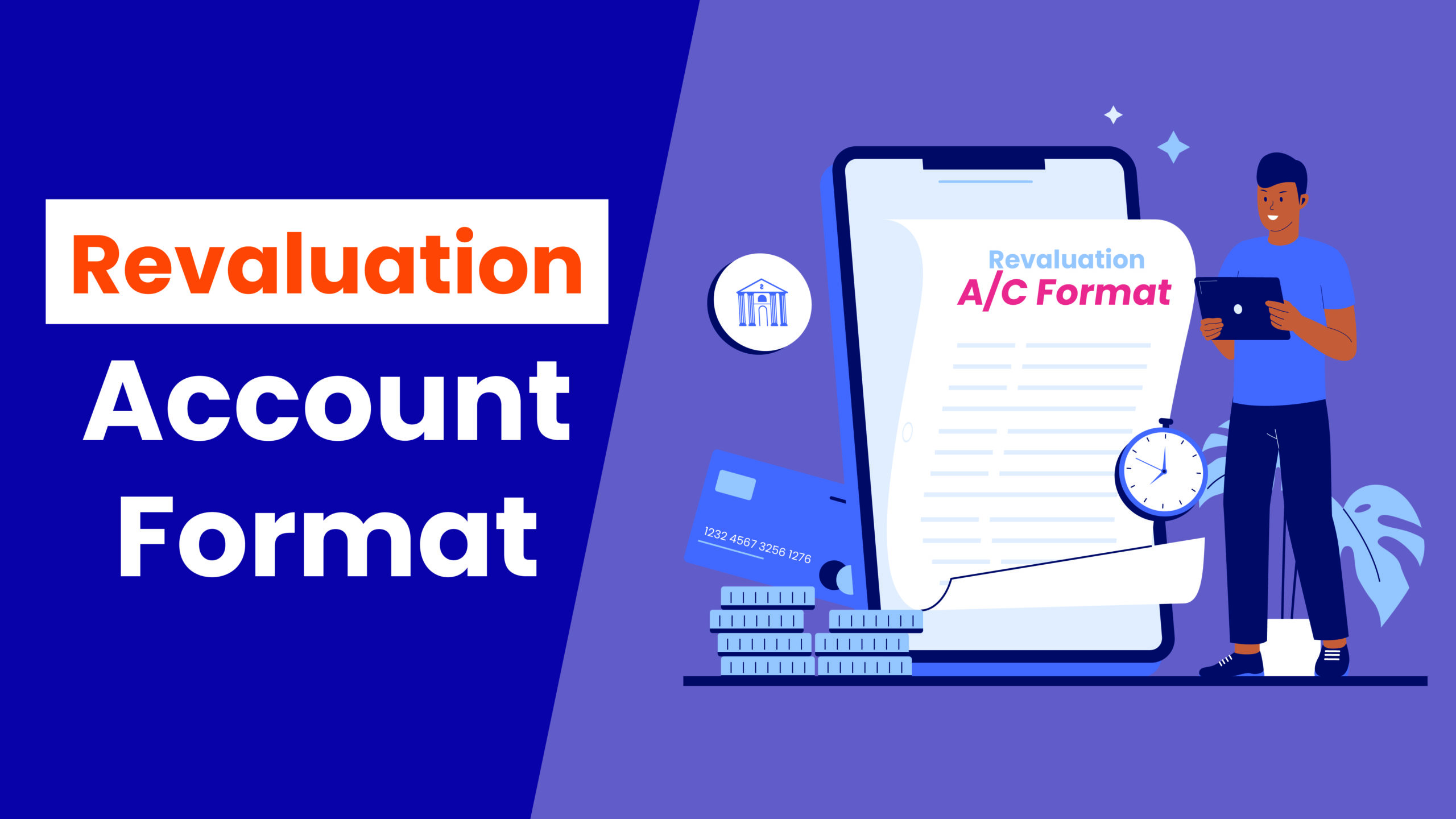The majority of businesses establish credit arrangements with their suppliers or consumers, allowing customers to make purchases on account. Credit purchases speed up commercial activity and enhance sales by allowing customers to buy products before they have the funding to pay for those items.
Credit terms should always be set up before a sale can be formed on credit. When the discount is not accepted, the buyer must pay the full amount due on the invoice within 30 credit days after the transaction. This 30-day term serves as the credit period. That is the time period the seller allows the buyer to complete the transaction.
What does it mean to have a “Credit Period”?
Customers are given a specified amount of time to pay an invoice, known as the credit period. The concept shows how much working capital a business is ready to invest in accounts receivable to produce sales. Therefore, greater investment in receivables is necessary to support a longer credit period. In addition, the measure can be compared to competitors’ credit periods to determine if they offer different terms.
The term “credit period” does not mean how long it takes the customer to pay an invoice. Instead, it means how long the seller gives the customer to pay the bill. Therefore, if the vendor offers 30 credit days for payment and the buyer pays within 40 days, the credit period is 30 days.
On the other hand, if the seller requires many payouts, then the credit period is considered between the initial extension of credit and the due date of the last payment. Therefore, the credit duration is 90 days if the seller agrees to enable three partial payments to be made every month, with the final amount being due in 90 days.
The definition of Credit Period
During a customer’s credit period, the seller gives the customer time to pay for the products they bought from the seller.
There are three crucial elements of the credit period
- Credit Assessment: Credit assessment aims to determine a customer’s trustworthiness. Various financial analysis methodologies can be used for credit analysis; trend analysis can determine whether or not a consumer is likely to repay their debts.
- Collection Procedure: The collection Procedure of an organisation entails the practices that are chosen by the business to recover accounts receivable. It also specifies the late penalties, interest, and additional fees assessed if the payments were late.
- Credit/Sales Terms: Credit terms should specify the credit length, with some vendors preferring 30 credit days while others may offer shorter or longer credit periods based on their sales terms.
Credit Period formula
The formula to compute the credit period:
Credit Period Formula = Average Accounts Receivable / (Net Credit Sales / Credit Days),
Or
The formula for Credit Period = Credit Days/ Receivables Turnover Ratio
Here,
- The Average Receivables: To determine it, the beginning and ending balances of the company’s accounts receivable are added together, and the net result is divided by two.
- Net Credit Sales: The sum of the company’s earnings from net credit sales that occurred during the consideration period.
- Credit Days: The calculation considers the total number of days in a specific period, 365 days a year.
- The Receivable Turnover Ratio: It is determined by dividing the company’s net credit sales by its average accounts receivable.
Credit Period examples
Here are some examples of various credit periods:
- A credit period of 10 days applies if the customer prefers a 2% early payment discount if the company offers terms of 2/10 net 30, or a 30 day credit period applies if the customer pays the full invoice amount.
- Terms of 1/5 net 45 signify that if the customer decides to receive a 1% early payment discount, the credit period is five days, and terms of 45 days mean that the payment term is 45 days.
Collection period and discount period
We could refer to this as a byproduct of the credit term. It is the timeframe a creditor or seller must wait to get payment from a buyer or debtor. Depending on a customer’s payment timing, the collection period may be shorter or longer than the credit period. If a business operates on a cash-on-delivery basis, no credit or collection periods are involved in the transaction.
The discount period serves as an incentive to induce early payment from clients. For example, when a customer makes their payment for an item within a certain time after making the purchase, the company may provide them with a special discount. Such business terms make it easy for a company to get paid quickly by its debtors.
Collection period vs Credit period
The term “collection period” refers to the time frame that passes before the seller can get paid. Depending on the buyer’s credit, the collection period is much longer.
When a business needs payment upon delivery, the credit and collection periods are zero days.
Advantages
The following are the benefits:
- Extending the credit duration to customers can help raise sales and expand its buyer base, assisting the company in meeting its sales objective.
- Credit Period assists the business in determining the buyer’s creditworthiness and implementing a filter for future transactions.
- Paying on time ensures that the customers are in good condition with the supplier.
Disadvantages
The following is a list of the disadvantages:
- A company’s working capital cycle may be impacted if the payment deadline is extended too much. If a corporation can’t collect on time, it may have working capital difficulties.
- Extending the credit period or giving the customer too much time to pay may not be appropriate for the debtors’ turnover ratio of the organisation.
- A buyer may be subject to a penalty from the company if they cannot make payment within the specified amount of time. When the purchaser does not comply with the company’s credit policies, the company runs the risk of losing this customer.
Conclusion
A business’ credit period serves two purposes. First, enabling clients to make payments later contributes to an increase in a company’s overall sales. Second, it aids in the maintenance of a company’s working capital cycle. As a result, if there is no credit period available, a company runs the risk of being too relaxed about collecting payments from its customers, resulting in a shortage of working capital.
Frequently Asked Questions
What is the difference between discount and credit periods?
If paid before the discount period ends, the consumer may get a cash discount. In addition, till the credit period expires, no interest will be imposed on the outstanding balance until the trade credit has been granted.
What exactly is a "free credit period"?
Free credit period typically varies from 20 to 50 days and are characterised by the absence of interest fees levied against the cardholder by the financial institution that initially provided the card. Credit card purchases must be paid for after this period
What is the definition of a credit term?
When purchasing goods, the terms of payment specified on the invoice are referred to as the credit terms. It is a deal between sellers and buyers about when and how the items bought on credit will be paid for.
What does the expression 2/10 N 30 mean?
2/10 net 30 means that when the buyer pays the bill in full within 10 days, they will receive a 2% discount. If not, you have 30 days to pay the full amount.
What exactly is credit policy?
Customers are provided with credit and payment terms, and a specific course of action for overdue payments is outlined in the guidelines that make up a company's credit policy.
What are the many types of credit available?
There are three primary credit types: instalment, revolving, and available credit.
What is the credit policy?
This procedure describes how to handle credit agreements between the organisation and its clients to reduce the risk of monetary loss to the organisation due to unpaid debts.
Read more:







